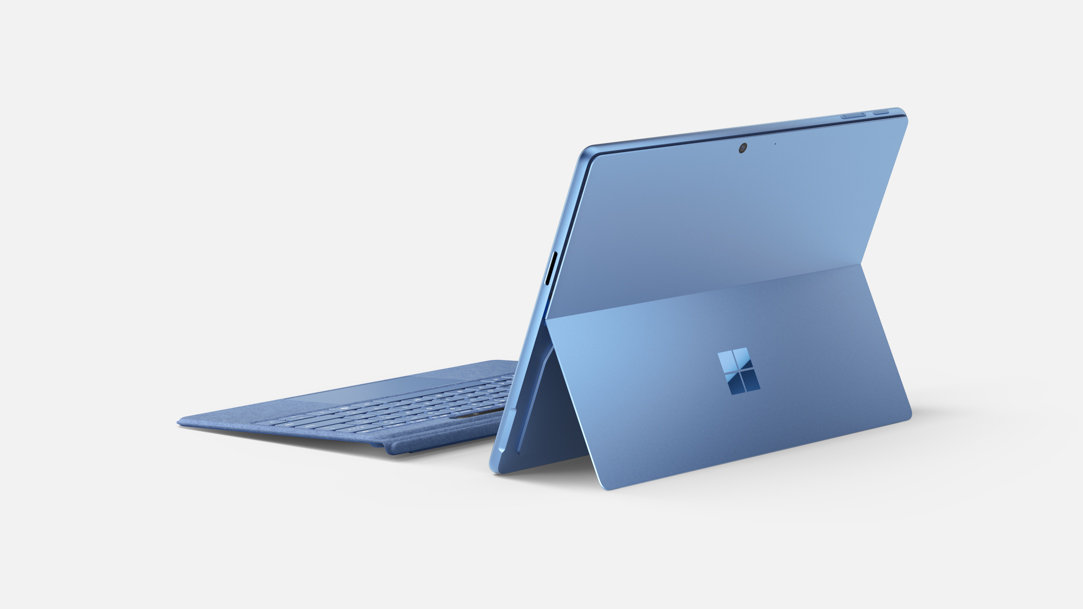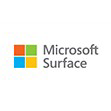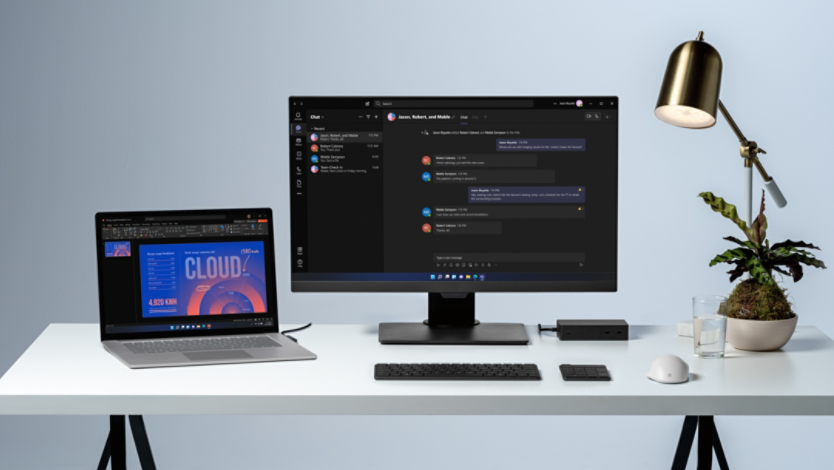
July 23, 2024
How to use Nearby Sharing
In an increasingly connected world, the ability to swiftly and securely share content with those around us enhances our productivity and collaboration. Nearby Sharing does just that, offering a seamless method to exchange documents, photos, videos, and links directly between devices in proximity. Learn what Nearby Sharing is, how it works, and its benefits for collaboration, productivity, and beyond.
What is Nearby Sharing?

Nearby Sharing is a Windows feature designed to streamline the process of sharing documents, photos, videos, links, and more between devices in close proximity. It leverages Bluetooth® and Wi-Fi to facilitate quick and secure transfers, enhancing productivity and connectivity among Windows users.
How does Nearby Sharing work?
When Nearby Sharing is enabled, it allows your device to discover and be discovered by nearby Windows devices using Bluetooth or Wi-Fi. For a successful transfer, both the sending and receiving devices must have this feature enabled and be within range.
How to enable Nearby Sharing
To enable Nearby Sharing, select Start and navigate to Settings. Then, choose the System option and select Nearby Sharing. You can configure it to share and receive files with everyone nearby or only with devices linked to your Microsoft account. This setup ensures that you control who can send you content and how you engage with other devices.
How to share files with Nearby Sharing
Once Nearby Sharing is enabled, sharing content is straightforward. Right select the file you wish to share, select the Share option, and choose a nearby device. The recipient will receive a notification to accept the transfer, making the process seamless and user-friendly.
Why is Nearby Sharing useful?
Nearby Sharing addresses the need for an efficient, secure method of transferring files between devices without the hassle of cables, email, or the limitations of other traditional sharing methods. It's particularly beneficial in professional settings where quick, spontaneous data sharing is common.
For Surface owners, Nearby Sharing enhances a device's versatility, mobility, and productivity. It allows for the effortless exchange of presentations, documents, and other files during meetings or collaborative projects, making it an indispensable tool for business professionals and educators alike.
How to troubleshoot issues with Nearby Sharing
To resolve issues with Nearby Sharing, first, ensure that both devices support Bluetooth 4.0 or later and are properly configured for sharing. Check that Nearby Sharing is enabled in settings.
To check, select the Start icon and navigate to Settings > System > Nearby Sharing. Make sure Everyone nearby is selected to share files.
Additionally, confirm devices are within range, and connected to the same network for Wi-Fi transfers. Ensure the devices' status is set to discoverable and the transfer settings match your preference. If your transfers are slow, make sure large amounts of data aren’t being sent over Bluetooth. Disconnect from any Bluetooth devices, such as headphones, to improve your transfer speed.
If problems persist, consult the action center for notifications or adjust the firewall settings to allow Nearby Sharing.
Nearby Sharing represents a significant step forward in Windows' ecosystem, offering a convenient, secure way to share information between devices. For Surface Laptop 7ᵗʰ Edition and Surface Pro 11ᵗʰ Edition users, it enhances the way we interact with our devices, making sharing more intuitive and integrated into our daily lives. To take advantage of this seamless shareability, choose a Surface device that simplifies your daily life.
Products featured in this article

Surface Pro 11ᵗʰ Edition

Surface Laptop 7ᵗʰ Edition
More articles

What is the Sticky Keys feature?

How to use a split screen

